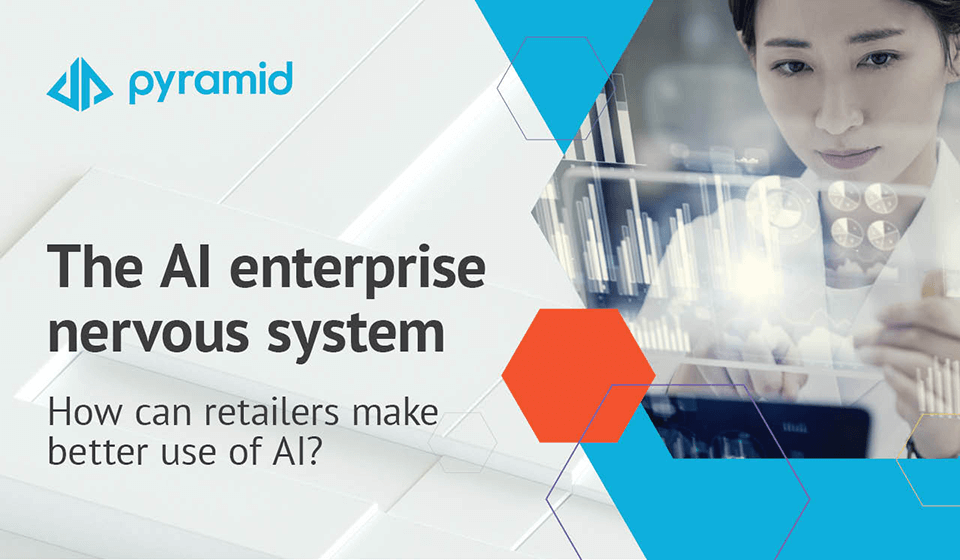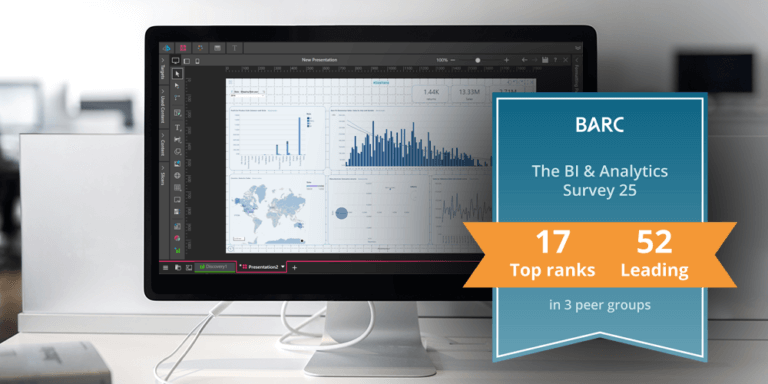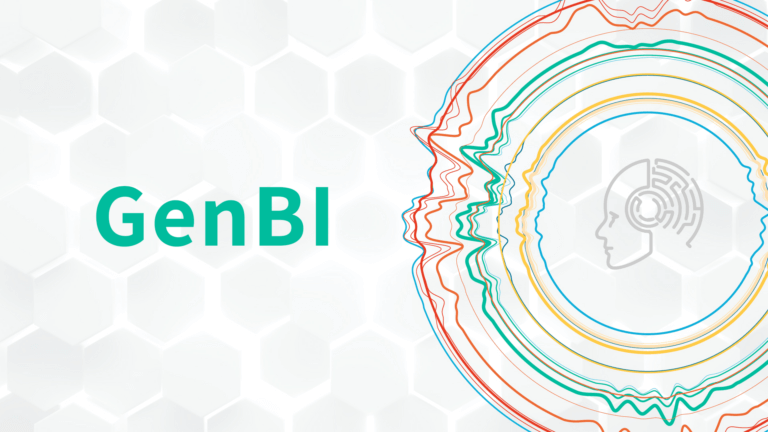When was the last time you thought about taking a breath? Did you tell your diaphragm to contract downward, expand your chest, and pull oxygen into your lungs? Or did you just breathe?
The last time a bug flew past you, did you say to yourself, “Close your eyes!” and think: “What should I do?” or did you just swat it.
James Joyce said, “If we had to think about everything our bodies are required to do daily just to sustain life, we would be dead.”
We assume conscious thought drives our everyday behavior, yet most of the body’s day-to-day processing is accomplished beyond our notice or control.
We may be aware of some of these processes, such as when we feel our heart racing—and tell ourselves to take a long breath to calm our nerves—but they happen automatically.
While we deliberately make dozens or hundreds of decisions every day, our body makes millions more on our behalf.
The human body is a wondrous, efficient organism with a near-perfect combination of unconscious and deliberate action. Our brains decide the important stuff; our bodies do the rest.
Could the retail organization of the future be similarly efficient?
The AI enterprise nervous system
We live in exciting times in both our personal and professional lives. The impact of AI is everywhere.
Search engines and social media anticipate and recommend content; smart devices regulate our thermostats and turn on our lights; our cars monitor our surroundings and prevent us from crashing; and now generative AI technologies like ChatGPT and MidJourney write and draw for us.
In the business world, AI is dramatically improving data processes and workflows. Organisations are using it to automate data cleansing and processing; identify correlations and patterns to make predictions; streamline DevOps processes; and optimise data processing and analysis.
Modern enterprise retailers, too, are seeing the transformational benefits of AI in areas like inventory management; personalization and customer experience; pricing optimization; fraud detection and security; supply chain management, and more.
But even the most advanced adopters of AI—retail organisations included—are only scratching the surface of its potential.
Someday, retailers will use AI—leveraged through intelligent automation—to operate their businesses like a human body, with an elegant combination of unconscious and deliberate action.
Someday, retailers will be able to access and compare data from all its various sources and execute thousands—if not millions—of processes automatically in the background to provide decision-makers with only the information necessary to help them make the most critical decisions.
Someday, AI will improve processes across the entire retail value chain, not just discrete workflows or processes. But most are 10 to 20 years away from a fully realised AI enterprise nervous system.
Why is that? What stands in their way?
Data, data, everywhere
In my career, I’ve worked with some of the world’s most innovative brands, advising them on implementing automation projects that resulted in more efficient and streamlined operations. In all cases—whether it was to help opitimise returns processes, simplify cash and customer service operations, or improve shared service processes to reduce manual intervention— customers and employees benefited most from the operational improvements.
People, in other words.
Yet in the quest to make things better for people inside and outside the organization, time and time again, data is the biggest obstacle to progress. Data is everywhere, but there’s never enough of it. AI needs data, but a lack of structured and trustworthy data limits its full potential.
Despite our concerted effort to digitise data, most organisations could be more efficient at actually using it in any meaningful way. Accenture estimates that in 2022, only 20% of enterprise data was being used strategically.
It’s all too common to see organisations adopt scattershot strategies to manage data for decision-making and train ML modules. They’ll prioritize certain data sets, extract data from databases, spend a small fortune on making it play nicely together, and then visualise data that is not only outdated but also incomplete, as it only represents selected slices of information.
The result is an incomplete picture. What use is knowing how much you sold last week if you can’t also correlate this against what products sold best, to whom, and over what channel so that you can replicate and refine those results?
Today, getting answers to these questions requires us to “feeling our way through the problem” and manually piece information together (usually in Excel) before taking educated guesses to inform critical business decisions.
The number of opportunities missed as a result is scary! But until we change how we access, secure, and interact with data to help us make smarter decisions, we cannot train AI to do this at scale, with any degree of accuracy (let alone making one-off data-driven decisions).
You can blame it on data, and many do. That’s why billions are spent yearly trying to solve the data silo problem. With limited success. But what if data—or at least data alone—isn’t the problem?
Decision intelligence can help with what’s next
The legacy analytic and business intelligence technologies that have dominated the market for the last decade or more aren’t built to connect easily to all your data. They’re good at pie charts, self-service analytics, or personal productivity.
But most force you to move data out of massive systems of record or require significant data cleansing and prep before they’re ingested into in-memory engines. These analytics tools have an insatiable appetite for structured data but, perhaps ironically, can easily get bogged down on large processing tasks.
What if all that work consolidating data only worsened your data problem, making meaningful AI even more of a pipe dream? What if solving the data problem meant leaving the data where it is?
Your data will only keep growing, and growing, and growing. The larger it becomes, the more difficult it becomes to contain it for analysis. To those that struggle with a near-impossible task, we say: Stop trying to move it all! Leave it where it is!
Don’t bring your data to the analytics; bring your analytics to your data!
Decision intelligence is the next technological advancement that bridges that execution gap. It enables us to bring all our data sources together (without moving it), feeding a holistic view of not only, “what happened?” but also “why it happened” and “what we should do about it.”
By analysing all your data sources in one place and bringing analytics to the data, decision intelligence can provide a complete and accurate picture of retail and business operations, enabling organizations to make informed decisions based on a comprehensive understanding of their data.
Allowing organizations to move beyond discrete workflows and processes to identify patterns and trends, gain insights into customer behavior and preferences, and optimize processes to increase efficiency and profitability.
Once you have a solid foundation of informed decision-making, you can start to use AI to speed up these insights and pave the way for a truly intelligent enterprise nervous system.
If you want to know more about what decision intelligence can do for your retail business, please get in touch with me on LinkedIn.












